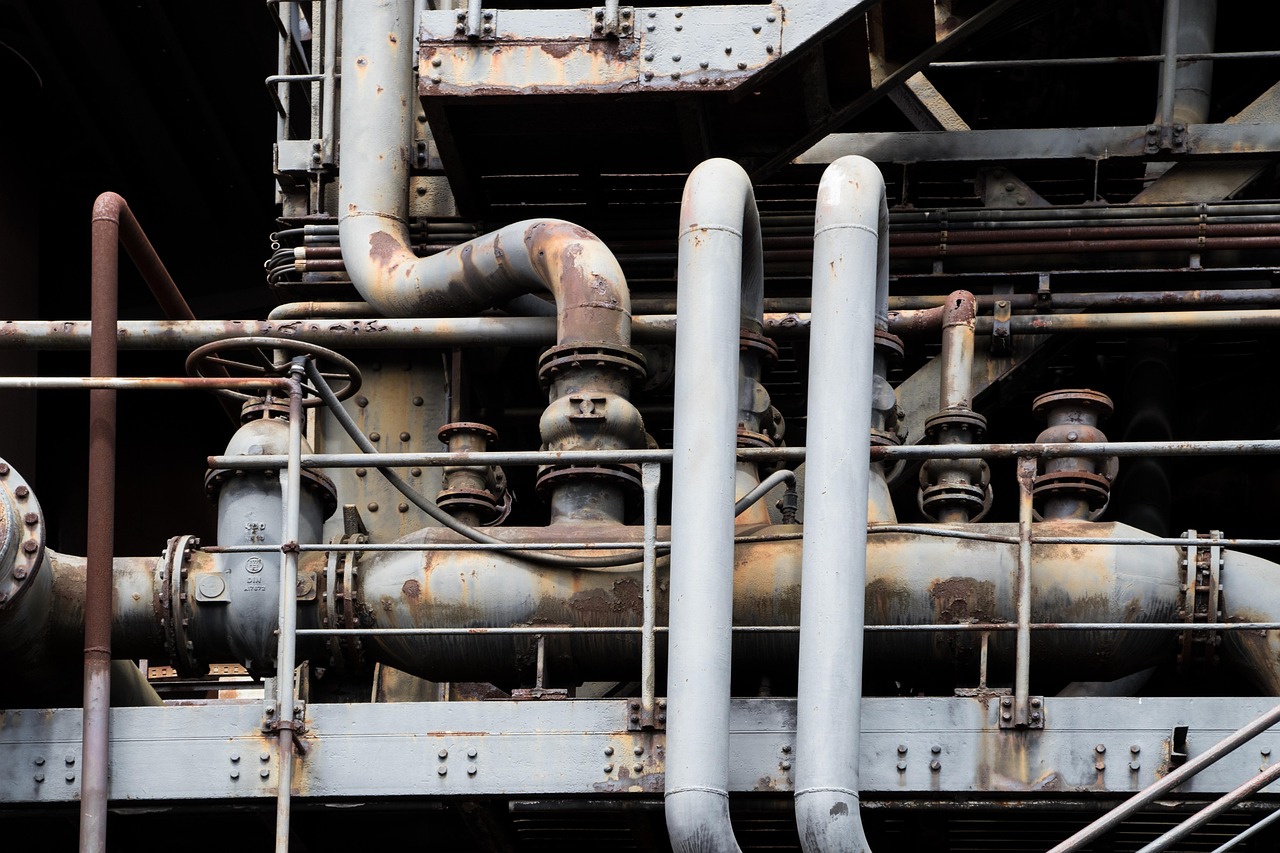Industrial facilities often have complex piping systems to handle operational needs. Using industrial cured-in-place pipe lining solutions helps ensure better operations and less downtime. It’s an effective solution that will last for many decades to come.
Pipelines can easily degrade from corrosion, cracks, structural wear, and other damaging effects of their workload. Many times, this leads to costly repairs and downtime. But what if it doesn’t have to?
Explaining Industrial Cured-in-Place Pipe
Cured-in-place pipe is also known as CIPP. This is one of the most popular trenchless methods for pipeline repair and rehabilitation. The process uses a flexible, seamless liner that is coated in epoxy or a similar resin. That liner is inserted in the pipeline, and then we expand it and cure it to harden.
When the process is complete, it’s like there is a brand-new pipe inside the old pipe. What starts out as something that is aging or damaged can become useful and reliable again.
The best part? It’s versatile, and it takes very little time from start to finish in comparison to other methods.
Key Benefits of Cured-in-Place Lining
There are some major benefits of using solutions like these, and they certainly stand out against traditional methods. Check out these benefits:
- Minimal Disruption: downtime is lost money in the industrial world, so having a quick and reliable solution that can be completed in a few hours to a single day helps minimize downtime as well as overall disruption to business and surroundings.
- Cost-Effective Rehabilitation: it’s possible an industrial facility could save up to 50% on pipeline repair simply by choosing CIPP or another trenchless solution. The process reduces demolition, labor, landscaping costs, and material costs.
- Extend Pipe Lifespan: the ability to reap the benefits of rehabilitation and still get 50+ more years from this pipeline is astronomical and significantly reduces waste.
- Improve Efficiency: repairing a pipe and ensuring the repair is smooth, seamless, and joint-free actually opens up the pipeline for higher efficiency and improved performance.
- Resistant: these materials can work for many industrial uses and are strong and resistant. The liner can stand up to high temperatures, high pressure, heavy loads, and harsh chemicals.
The Cured-in-Place Pipe Process
Here’s how it works. A professional company with expertise using these materials will assess the needs, diagnose any issues, place the liner, and inspect completion of their work.
It’s important to use a qualified provider who knows how to safely handle these materials to ensure quality results. The process will look something like this:
- Inspect and assess the pipeline using advanced camera technology for a clear, real-time view
- Clean the pipe with hydro jetting to ensure it’s prepped and ready for the materials
- Install the liner where needed, ensuring it is placed accurately and to size
- Cure the resinous substance until it hardens completely. This can be sped up with UV light technology
- Complete a final inspection of the work to ensure it meets standards and the pipe is fully operational
Final Thoughts
In closing, industrial cured-in-place pipe lining is an innovative solution designed to meet a wide variety of needs. If you need repairs or to improve your industrial pipelines, this method is sure to boost operations and ensure you face minimal downtime while the liner is applied and cured.
Contact us today to get started!
